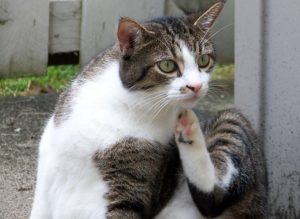We truly do have some weird and wonderful creatures in this world. Some live in their own habitat, never coming into contact with humans, oblivious to our existence. Then there’s the other side of the coin. The ones who thrive off being around us, living near populated areas and generally making a nuisance of themselves.
What Is A Pest?
Not every animal or insect is a pest. To fit the dictionary definition of a pest, it must have three significant characteristics.
- A suitability to the habitat in which it has become a pest
For a pest to survive, it needs to have food and shelter, plus a place to breed. For an animal to become a pest, these characteristics have to clash with humans. Take bed bugs for instance, who live off human blood. So our bedrooms become the perfect habitat for them to thrive in, making them a pest.
- A high population and breeding rate
When a population is high or a breeding rate is fast, it will disturb humans, making the animal a pest. - An opportunity to hurt us
The main factor which makes an animal a pest is if it has the potential to affect us in a negative way. This could be damage to crops, insect bites or by spreading disease.
Not Every Species Is A Pest
Certain insects and animals are definitely pests, but not all species within that category can be classed as pests. For example, not every species of mouse is classed as a pest.
Some species of pests actually contribute to the ecosystem in a positive way, which stops them from being a pest. Like bees, for instance. Whilst they may be a nuisance to have a nest in your garden, they are actually vital for the environment. When it comes to pest control for bees, it’s more encouraged to try and move them to a safe place rather than exterminate them completely.
Knowing the difference between pests and non-pests is an important part of pest control. Our pest control experts know how to identify pests correctly, and can manage any problem in a suitable manner.






